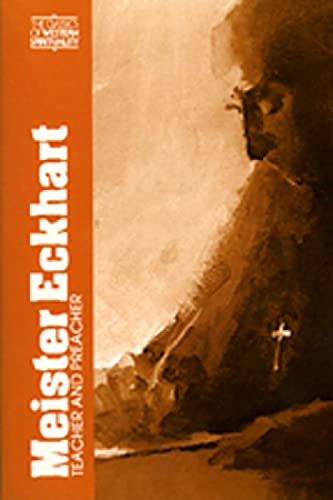The Gospel according to Matthew: a Structural Commentary on Matthew’s Faith
Written by Daniel Patte Reviewed By Dick FranceMatthew seems to have become a favourite book for those experimenting with a new type of commentary. Gundry’s commentary on ‘Matthew’s Literary and Theological Art’ (1982—see review in Themelios 8:3) has been followed by Bruner’s massive two-volume ‘theological exegesis’ (The Christbook, 1987; The Churchbookforth-coming), and by Patte’s ‘structural commentary’.
Patte is well known for his efforts to introduce and commend structuralism to those outside the magic circle. Unlike most structuralists, he tries to talk the common language, and this commentary is remarkable for its lack of the distinctive structuralist jargon. But for all that it requires something of a mental conversion to appreciate what he is trying to do.
He makes no attempt to deal with the sort of questions which occupy the notes of an annotated Bible. Nor is he interested in historical questions about what actually happened. This is single-mindedly a study of ‘Matthew’s faith’, i.e. the convictions which the author wished to communicate. But unlike Gundry, he does not expect to find these by a comparative study of Matthew in relation to his presumed source(s); source criticism, form criticism and redaction criticism are all far away. Patte’s interest, as a good structuralist, is simply in the text as it stands, ‘Matthew in terms of Matthew’. Here is, then, only a very limited part of what we have traditionally understood to be the province of a commentary.
A brief introduction sets out, and rather self-consciously defends, his method. His starting-point is the search for oppositions in the text, places where by means of an explicit contrast Matthew indicates not only what he wants to say, but also what he does not want to say. Here his distinctive ‘faith’ is likely to be most obvious. An appendix of 12 pages lists all the ‘narrative oppositions’ he has discovered, and the interpretation of each passage will begin from any such ‘oppositions’ which it contains. Such a list is inevitably rather subjective, despite the careful analysis of criteria for discerning ‘narrative oppositions’ set out on p. 8. This would not matter greatly if these were seen as just one approach among many to the understanding of the text, but Patte has not convinced me, either in theory or in practice, that they are the key to discerning Matthew’s emphasis, as the commentary regularly assumes.
The text is divided into quite large sections (anything from half a chapter to four chapters), in each of which a ‘main theme’ is first postulated, before its constituent pericopes are studied. Clearly, if these main themes are to correspond to Matthew’s intention, it is essential that the analysis into sections accords with Matthew’s design. This analysis was Patte’s first and essential task, but he gives only a brief account of his principles (pp. 3–4), and in the commentary seldom explains how an individual section was selected. Where he does, it is usually by looking for a later element in the text which in some way corresponds, either by similarity or by contrast, to the opening of the section (itself dependent, of course, on where the last one was discerned as ending!). All that falls between these two points is then regarded as a deliberate section with a ‘main theme’ of its own. In many cases the resultant analysis is fairly obvious to common sense, and corresponds to those found in other commentaries, but when, for instance, the whole of 9:35–13:53 or 13:54–14:36 is postulated as a single section with a single ‘main theme’, it is tempting to wonder whether the method has taken priority over the text. The explanations of these divisions given on pp. 138 and 206 do not increase confidence in the appropriateness of the method. And as the commentary proceeds we are offered progressively less justification for these main divisions.
Throughout the commentary there is constant and explicit methodological reflection, to the extent that it not only becomes tedious but also gets in the way of the interpretation it is designed to achieve. The reader feels somehow always at least one remove from the text, and is likely to feel that he has learned more about Patte than about Matthew. It is not so much commentary as prolegomena to a commentary.
It is not easy to see how it will be used by the preacher or the ordinary Bible reader who wants to know what the text means. Many of the issues such a reader is interested in are simply not considered. Its interest is rather for the student of ‘the Bible as literature’, as a showpiece of one possible method of literary analysis. But even he is likely to be left wondering if there is not a lot more to Matthew as a ‘literary and theological artist’ (to use Gundry’s phrase) than this very selective method can reveal. I do not think I shall often find myself wanting to refer to it again. Perhaps this simply reveals my conservatism, but I really do wonder whether when it comes to the art of writing commentaries it may not prove true that the traditional method, like the old wine, is more satisfying.
Dick France
Llangelynin, Gwynedd







